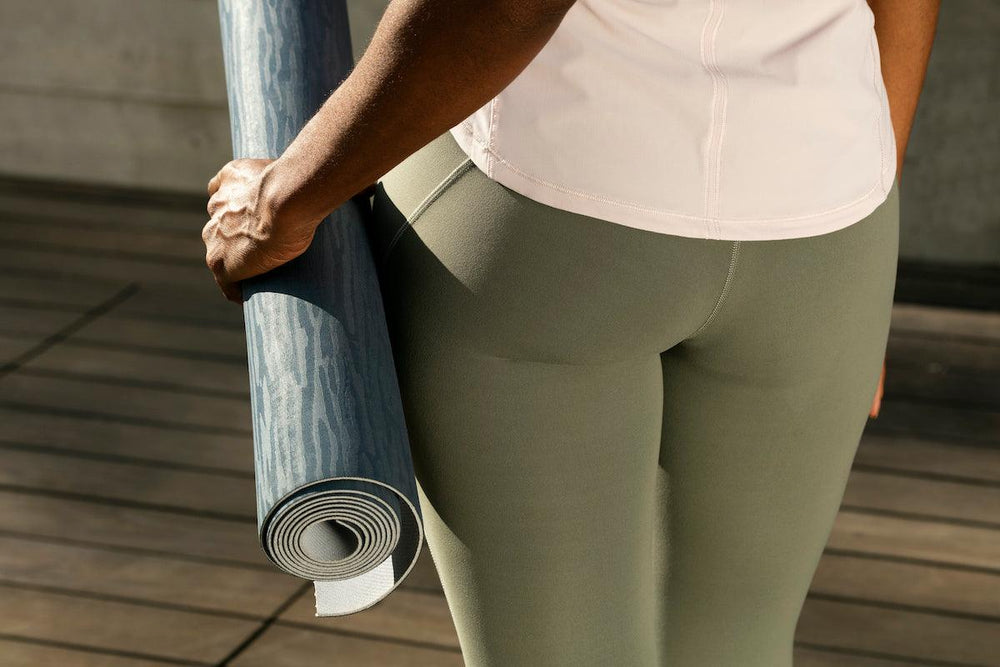Table of Contents
Beginner Pelvic Floor Exercises
The pelvic floor muscles are a group of muscles that make up the base of your core musculature. They are mainly responsible for bladder and bowel control and sexual function. Having weak pelvic floor muscles can often cause urinary incontinence. Although panty liners and incontinence briefs are available to absorb urinary leakage, strengthening your pelvic floor could be a way to limit the amount of leakage, and possibly reverse or remedy incontinence caused by a weak pelvic floor.
Finding Your Pelvic Floor Muscles
One way to find your pelvic floor muscles is to, while peeing, try stopping the flow of urine. If you are able to do this successfully, you have found your pelvic floor muscles. Once you have found your pelvic floor muscles you can begin to perform beginner pelvic floor exercises, described in the pelvic floor exercise step by step below.
Step by Step Guide to Pelvic Floor Exercises
Kegels: when performed correctly, kegels are a direct way of exercising the pelvic floor muscles. They are contractions of the pelvic floor muscles and can be done in any position (lying down, sitting, standing up, etc.), anywhere. Once you’ve been able to identify your pelvic floor muscles, you can begin to perform kegels.
1. Start by lying down face up.
2. Think about trying to avoid passing gas or tightening your vagina around a tampon, in order to contract your pelvic floor muscles.
3. Hold the contraction for three to five seconds.
4. Relax.
5. Repeat this process about 10-15 times.
Once you feel comfortable performing kegels in a lying down position, you can progress to seated kegels, and then standing kegels.
Squats: although not a direct pelvic floor exercise, the squat, when performed correctly can strengthen the pelvic floor muscles. Your pelvic floor muscles are responsible for stabilizing your pelvis in order to protect your spine as you descend into the deepest part of your squat.
1. Find a comfortable stance (it should feel natural and stable) with your feet about hip to shoulder width apart.
2. From that position, start to slowly sit down into an imaginary chair.
3. Go as far as you feel comfortable.
4. Hold the position for a breath or two.
5. Stand back up.
6. Repeat this 8-12 times.
When you feel comfortable squatting with just your bodyweight, you can add weight slowly and steadily in order to increasingly challenge and build up the strength of your pelvic floor muscles.
Bird Dogs: these are a great exercise for targeting your core musculature, including your pelvic floor, and your posterior chain (hamstrings, glutes, back). During this beginner pelvic floor exercise, your pelvic floor muscles are used to stabilize the position of your pelvis as you move through the movement.
1.Start on all fours.
2. Extend your right arm and left leg at the same time.
3. Think about getting long (try to stretch your limbs to opposite ends of the room).
4. Hold the elongated position for a deep breath or two.
5. Switch sides.
6. Repeat 8-12 times on each side.
As you begin to feel comfortable with your bird dogs, you can start to manipulate how long you hold each one, how hard you’re contracting your muscles during each one, or by doing them from a plank position.
Incorporating Beginner Pelvic Floor Exercises into Your Daily Routine
These beginner pelvic floor exercises can be done anywhere. All you need is your body and enough space to do them. A little each day will go a long way in strengthening and maintaining a healthy pelvic floor. For more information on beginner pelvic floor exercises, reach out to a trusted professional.
Want More on Pelvic Health Therapy?
Find a Pelvic Floor Specialist
Learn More About Urinary Incontinence:
Take the Quiz: Finding the Right Product for you.
Normalize This: Urinary Incontinence
